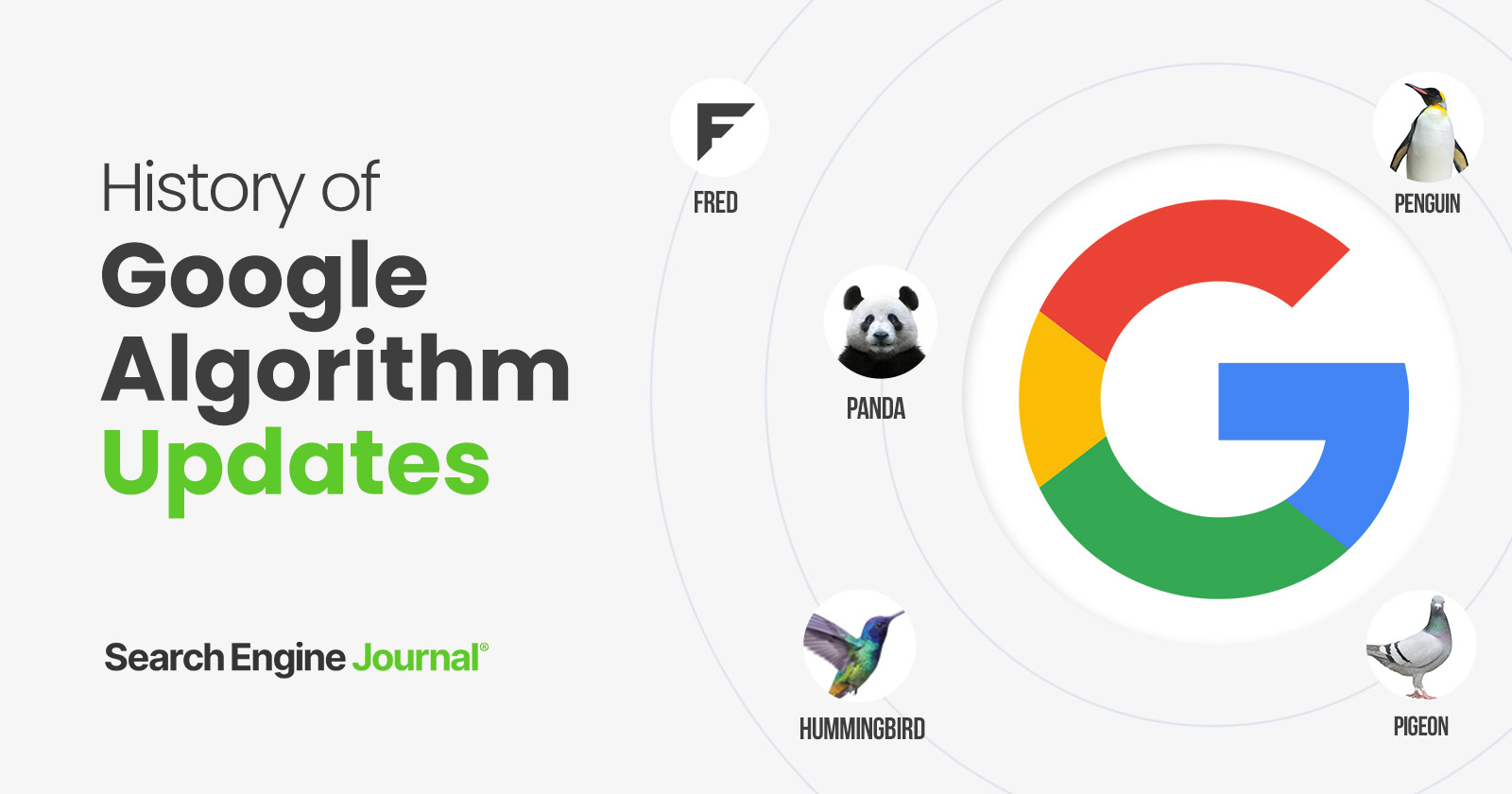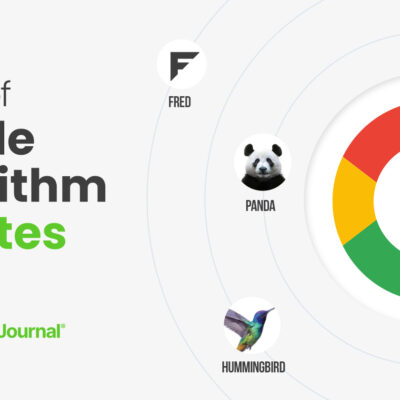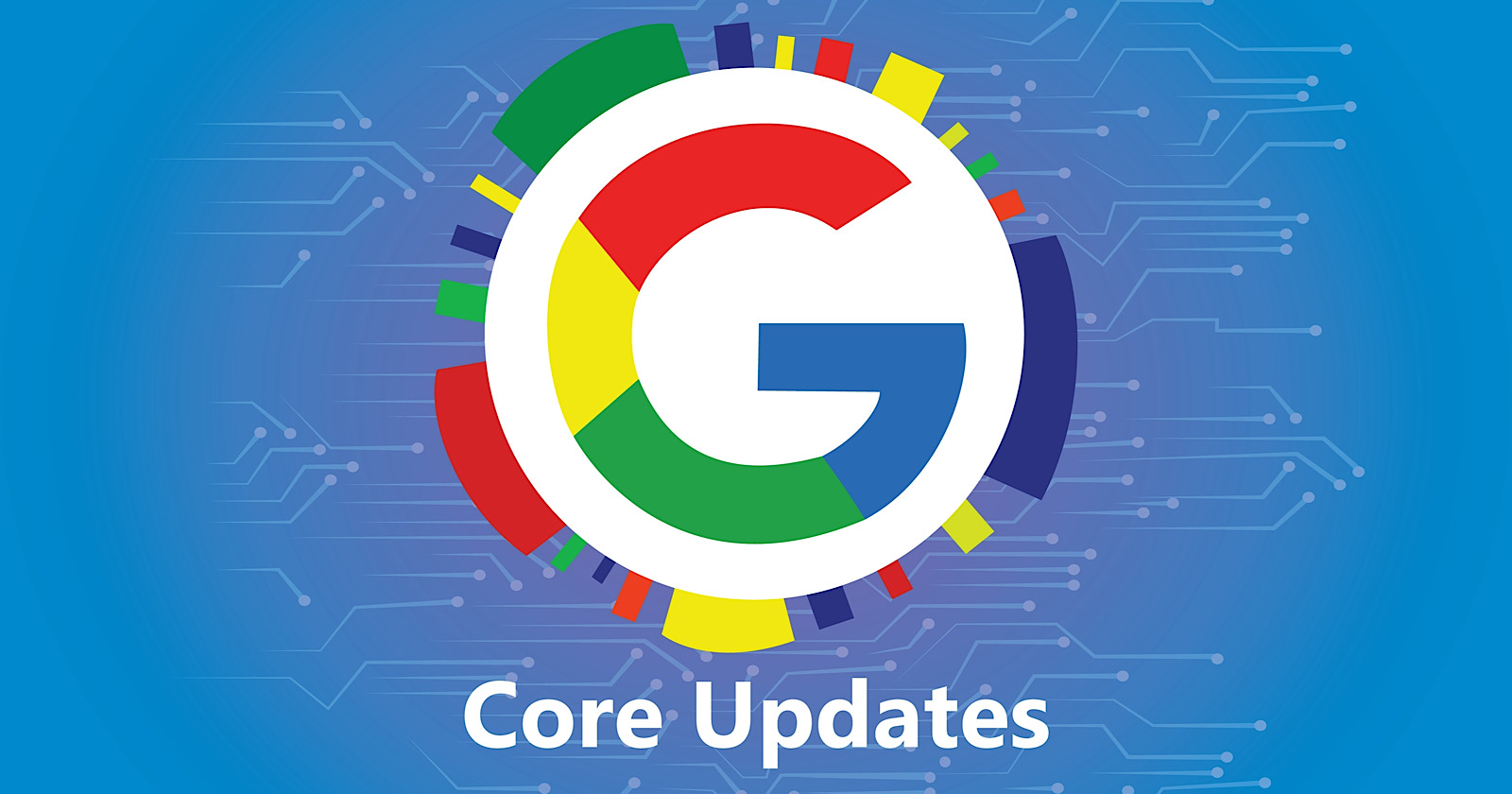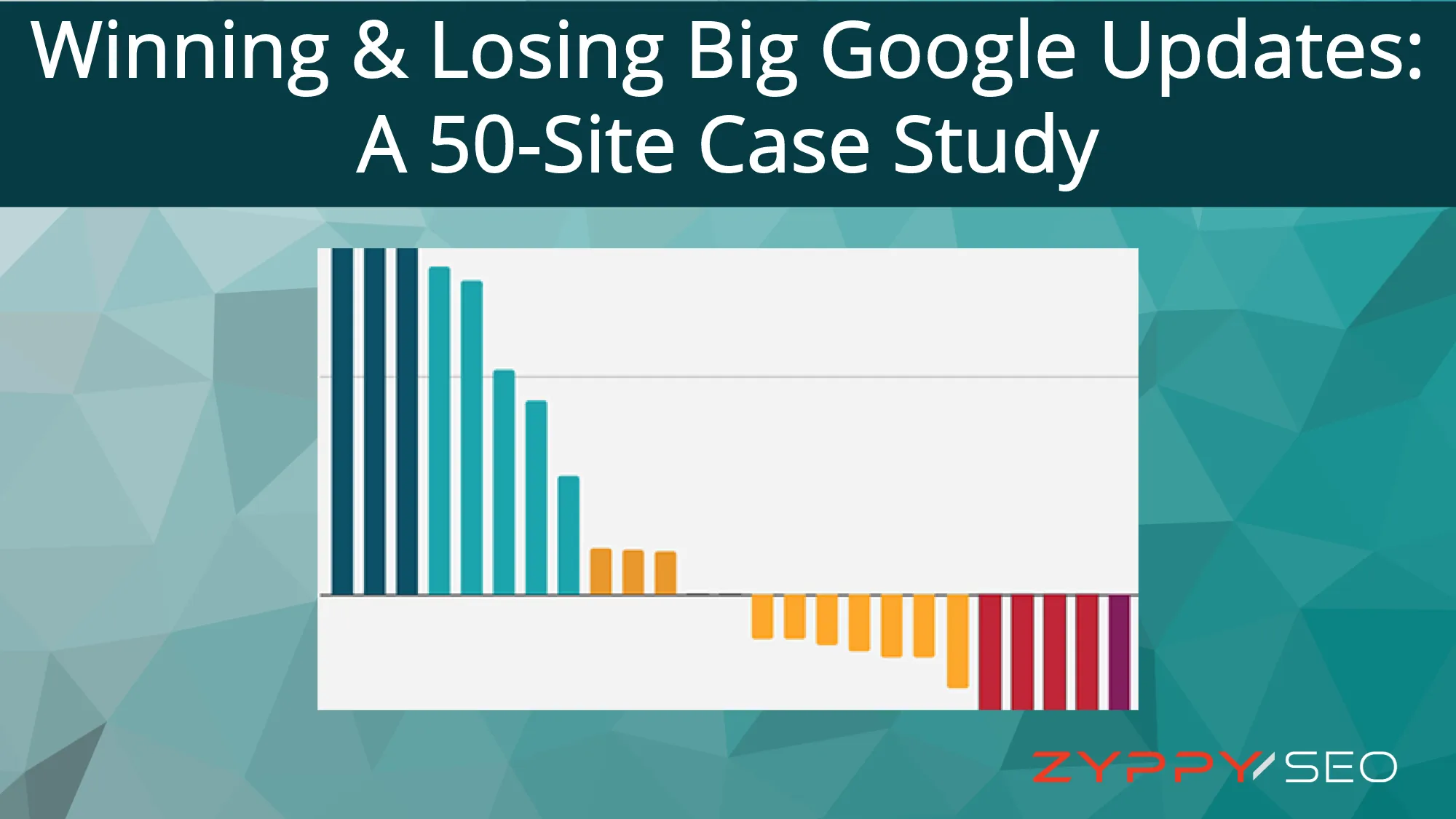Have your website rankings taken a hit after a recent Google update? You’re not alone. Every time Google unleashes a new algorithm, site owners anxiously check analytics, hoping their traffic hasn’t plummeted overnight. But you don’t have to feel powerless. This blog will reveal exactly how to recover from Google algorithm updates—from diagnosing the drop to rebuilding your rankings with proven techniques used by the pros. Whether it’s the March 2024 core update, helpful content update, or any future surprise from Google, you’ll learn recovery methods, bust myths, master algorithms, and fortify your site’s future.

What is Google Algorithm and Why Do Updates Matter?
To understand how to recover from Google algorithm updates, you first have to grasp what these updates are. Google’s algorithm is an intricate formula of rules and machine learning models that determine how web pages are ranked in search results. The algorithm considers hundreds of factors—including content quality, relevance, backlinks, usability, and user intent—to determine who gets that coveted Page 1 spot. A change to this algorithm is called an “update,” and Google launches core, minor, and broad updates dozens of times each year.

These Google updates are designed to improve search results for users. But for website owners, they can bring both good and bad news. Sometimes, sites enjoy a nice bump in rankings. Other times, they see devastating losses in traffic and visibility. If your analytics dashboard goes red after an update, knowing how to recover from Google algorithm updates is essential for your business survival.
Types of Google Algorithm Updates
Not all updates are created equal. The main types are:
- Core Updates – Significant changes to Google’s overall algorithm, usually focused on content quality and intent.
- Spam Updates – Target manipulative tactics like link schemes, keyword stuffing, or thin content.
- Product Reviews, Helpful Content, Local, and Page Experience Updates – Target specific areas or ranking factors.

Why Recovering from Google Algorithm Updates Matters
A single update can wipe out months or even years of SEO effort, impacting sales, leads, and your brand’s trust. That’s why Google algorithm recovery isn’t just about restoring lost traffic—it’s about future-proofing your website. Here’s why learning how to recover from Google algorithm updates matters:
- Protects your main revenue stream (organic traffic often drives 50-80% of website business).
- Restores trust and authority in Google’s eyes—absolutely key for long-term growth.
- Makes your SEO agile, so you can respond faster to sudden changes.
- Future-proofs your site for the next update, instead of living in constant fear.
- Regains lost rankings and traffic—typically over 3–6 months, but sometimes faster with the right moves.

Use Cases & Real-World Examples
Countless website owners have faced big setbacks after algorithm changes—but many have bounced back even stronger. Let’s explore a couple of real-world algorithm update recovery examples:
- Case 1: Finance Blog Loses 60% of Traffic Post-Core Update
After the site was hit, a full content audit revealed thin articles and outdated advice. By improving E-E-A-T (Experience, Expertise, Authoritativeness, Trustworthiness), updating posts, and removing weak pages, traffic not only recovered but reached all-time highs within six months. - Case 2: Ecommerce Store Hit by Product Review Update
The site’s “reviews” were generic. By adding in-depth, unique reviews and genuine user-generated content, rankings rebounded and new organic sales increased by 48%.

How to Recover from Google Algorithm Updates: A Step-by-Step Process
No two sites, queries, or updates are identical. However, you can follow this proven step-by-step process to reassess, repair, and regain your search engine rankings after an algorithm hits.

Step 1: Confirm the Update and Diagnose Impact
Use trusted sources (like Google Search Central, Search Engine Land, and Search Engine Journal) to verify whether an algorithm update really took place. Look for:
- Sudden drops in Google Analytics / Search Console traffic
- Keyword ranking drops across many pages or queries
- Specific date patterns matching update announcements
Make sure the traffic isn’t dropping due to technical errors, penalties, or seasonality.
Step 2: Analyze Which Pages and Queries Were Hit
Segment your affected content. Which topics, pages, or templates lost the most rankings? Was it thin content, YMYL (Your Money, Your Life) posts, product reviews, or blog articles?
Step 3: Audit Content Quality and Relevance
Assess your content against Google’s quality guidelines. Look for:
- Thin, outdated, or generic pages
- Lack of clear E-E-A-T (Experience, Expertise, Authoritativeness, Trust)
- Duplication or over-optimization
- Poor or misleading user experience

Step 4: Take Action to Improve Affected Areas
- Update, expand, and improve content quality: Add accurate facts, unique insights, supporting media, and expert author bios.
- Optimize on-page SEO: Revisit title tags, headers, metadata, internal links, and ensure the primary keyword is used naturally, not forced.
- Fix technical SEO issues: Check for crawl errors, mobile-friendliness, Core Web Vitals, or slow site speed.
- Remove or merge weak content: If specific articles are outdated or useless, it’s better to delete or merge them.
Step 5: Strengthen E-E-A-T Everywhere
Showcase expertise, cite reputable sources, add real author credentials, maintain accurate contact/about info, and pursue high-quality backlinks.

Step 6: Wait, Monitor, and Adjust
Recovery is rarely instant. It may take weeks or even months before Google re-crawls your site and rankings rebound. Use tools like Google Search Console, SEMrush, Ahrefs, and SurferSEO to monitor progress. Keep improving and be persistent.

Common Challenges, Myths & Objections about Google Algorithm Update Recovery
Site owners often struggle with common misconceptions or challenges when learning how to recover from Google algorithm updates:
- Myth: You can recover overnight.
Reality: Most recoveries take 2–6 months, especially after core updates. - Myth: SEO “quick fixes” or spammy tactics work.
Reality: Only genuine quality improvements will rebuild trust. - Challenge: Pinpointing which pages/queries dropped.
Solution: Use segmentation in Google Analytics, compare before/after data, and leverage SEO rank trackers. - Challenge: Determining if you were hit by the update or another issue (like a manual action or hack).
Solution: Cross-reference dates, message alerts, and audit site security/technical health.
Objection: “Why invest in SEO if Google can upend it anytime?”
Answer: Google updates reward genuine, high-value sites. If you commit to quality and best practices, you’ll win in the long term, despite temporary setbacks.
FAQs about How to Recover from Google Algorithm Updates
1. How long does it take to recover from a Google algorithm update?
Recovery times vary. Minor updates may rebound in weeks, but core updates often take 2–6 months or until Google re-runs its algorithms. Staying proactive speeds the process.
2. Should I remove all my “thin” or low-quality content?
Not always. Audit each page—if it can be upgraded and made valuable, do so. If not, consider removing, consolidating, or redirecting it to maintain site quality.
3. Do backlinks still help after an algorithm update?
Yes—especially editorial, trustworthy backlinks from respected sources. Avoid spammy link building, which can make recovery harder.
4. Is it possible my site was hit for reasons other than quality?
Yes—technical SEO errors, loss of key backlinks, manual penalties, or even changes in user intent can look similar to an algorithm hit. Always investigate fully.
5. How can I prevent future algorithm update penalties?
Stay ahead by focusing on long-term content quality, improving E-E-A-T, monitoring SEO health, and staying current with Google’s best practices.
6. Should I make changes immediately after an update?
Wait a few days to gather accurate analytics and diagnose. Then act decisively using a step-by-step plan.
7. Are there tools to help with recovery?
Yes. Google Search Console, SEMrush, Ahrefs, SurferSEO, Google Analytics, and Screaming Frog all help identify, track, and fix issues.
8. Does changing web hosting or design affect recovery?
Only if you enhance speed, mobile experience, or fix technical errors. Design swaps alone don’t boost rankings unless they improve SEO fundamentals.
9. Can Google give manual penalties separately from algorithm updates?
Absolutely. Manual actions are different and show in Search Console. Dealing with a manual penalty requires direct fixes and a reconsideration request.
10. My rankings haven’t recovered even six months later. What next?
Re-examine your strategy, seek expert help, and consider if your niche or intent has shifted in search. Sometimes a full content and UX refresh is needed.
Conclusion: Take Control of Your Recovery from Google Algorithm Updates
Losing organic traffic after a Google update can feel like an earthquake for your online business. But it’s not game over. By understanding how updates work, diagnosing the real issues, and methodically repairing your site’s weaknesses, you can fully recover from Google algorithm updates—and even grow stronger than before.
Don’t wait for the next algorithm update to strike:
- Regularly audit your content for quality and authority
- Stay current with Google’s official update news and best practices
- Optimize technical SEO and user experience frequently
- Build a trusted backlink profile and nurture E-E-A-T signals
Need more step-by-step help? Check out resources from Google’s own forums or partner with an experienced SEO recovery specialist to audit, plan, and rebuild. Remember, the only sites that “lose” permanently are the ones that stop improving. Let every algorithm update be your roadmap to better rankings, more traffic, and renewed digital authority!
